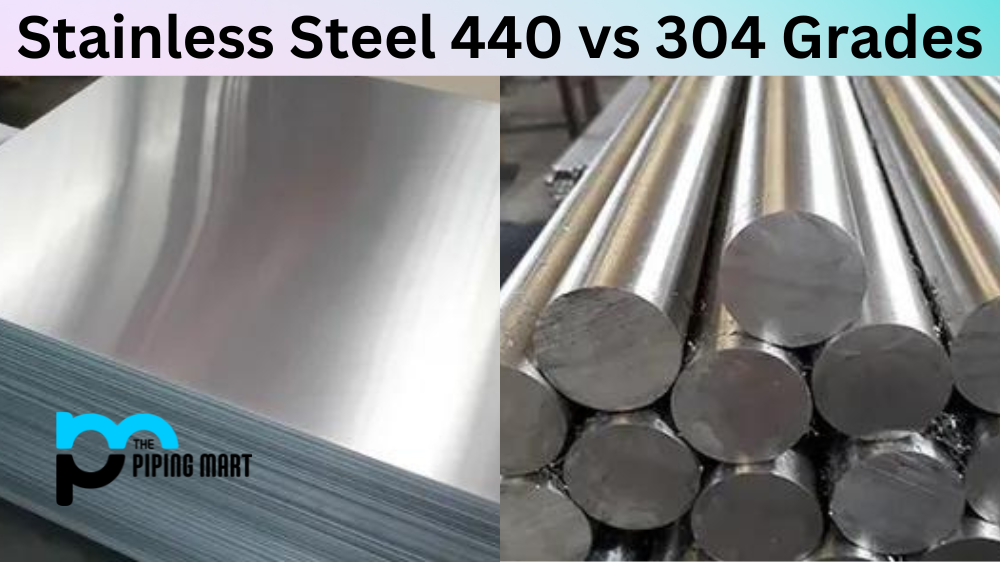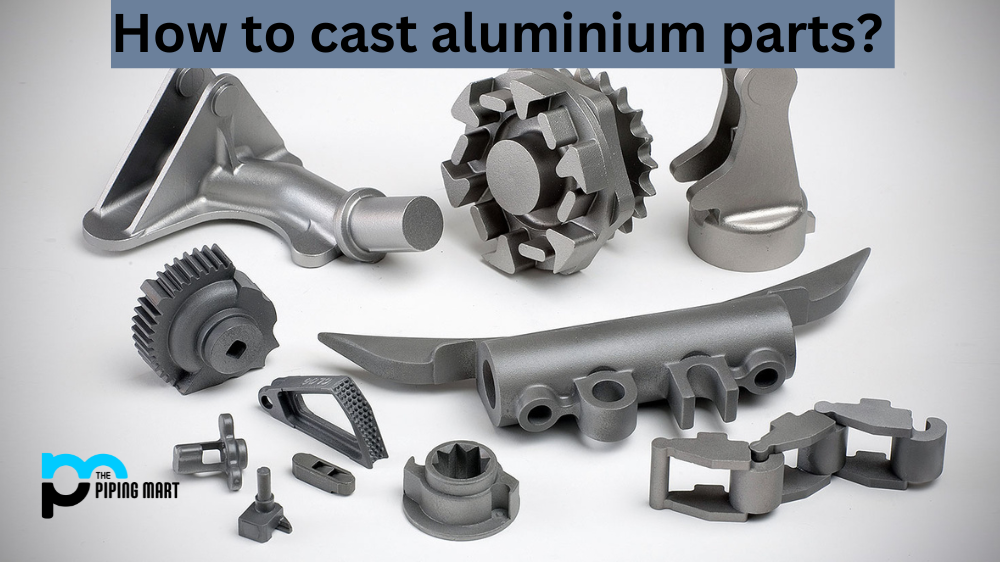When researching stainless steel for industrial use, it’s essential to understand the differences between different grades. Two of the most popular types of stainless steel are 440 and 304. Knowing the differences between them is critical to make an informed decision about which type is best for your project. Let’s look at how these two stainless steel grades compare.
Stainless Steel 440 Grade
Stainless Steel 440 (also known as SS440) is a high-carbon martensitic stainless steel typically used in knife blades, surgical tools, and other cutting instruments. It has excellent strength, wear resistance, and corrosion resistance properties, making it ideal for various industrial applications. Its high carbon content also makes it more challenging to work with than other grades of stainless steel.
Stainless Steel 304 Grade
Stainless Steel 304 (also known as SS304) is one of the most common types of austenitic stainless steel used in industrial applications today. It has excellent corrosion resistance, heat resistance, and good mechanical properties, making it suitable for many types of uses, including medical equipment, cookware, plumbing fixtures, and much more. Unlike SS440, SS304 does not contain any carbon, so that it can be machined more easily than higher-carbon grades such as SS440.
Difference Between Stainless Steel 440 and 304 Grade
- 440 stainless steel is a high-carbon martensitic stainless steel that contains between 16 and 18% chromium.
- 304 stainless steel is austenitic stainless steel that contains between 16 and 24% chromium.
- 440 stainless steel is more difficult to weld than 304 stainless steel.
- 440 stainless steel is more corrosion-resistant than 304 stainless steel.
- 440 stainless steel is more expensive than 304 stainless steel.
- 440 stainless steel is better suited for higher strength and hardness applications, such as knives and bearings.
Conclusion:
When considering which grade of stainless steel is best for your application, there are several factors to consider, including strength requirements, corrosion resistance needs, heat resistance needs and machinability requirements. Stainless Steel 440 (SS440) and Stainless Steel 304 (SS304) have unique strengths and weaknesses, making them ideal candidates for different projects depending on their individual requirements. With all this information in mind, you can now decide which grade best suits your needs!

Pipingmart is a B2B portal that specializes in metal, industrial and piping items. Additionally, we share the latest information and information about materials, products and various types of grades to assist businesses that are involved in this business.




